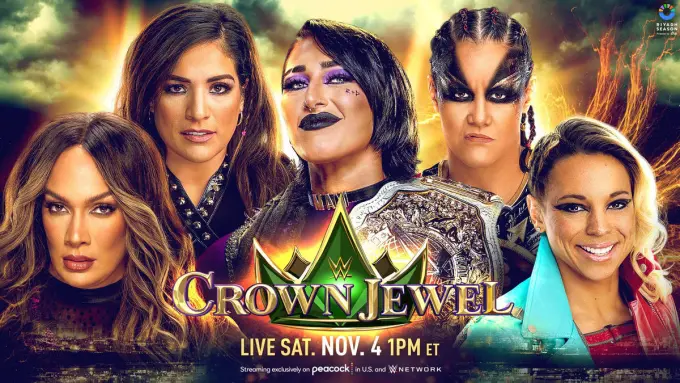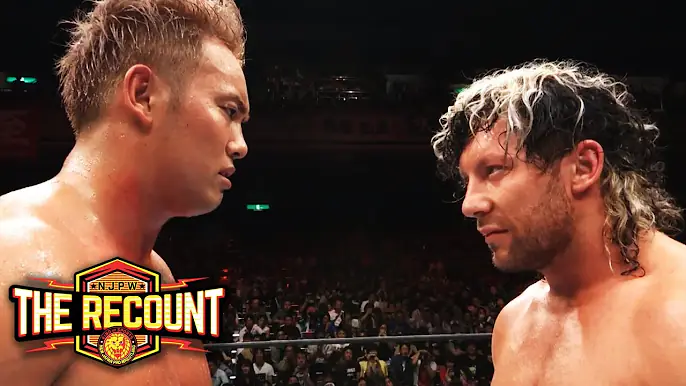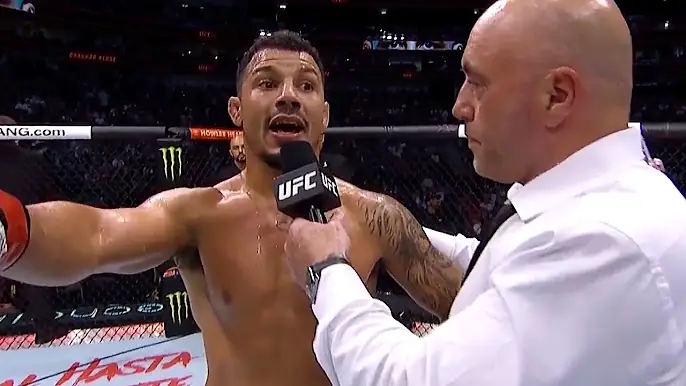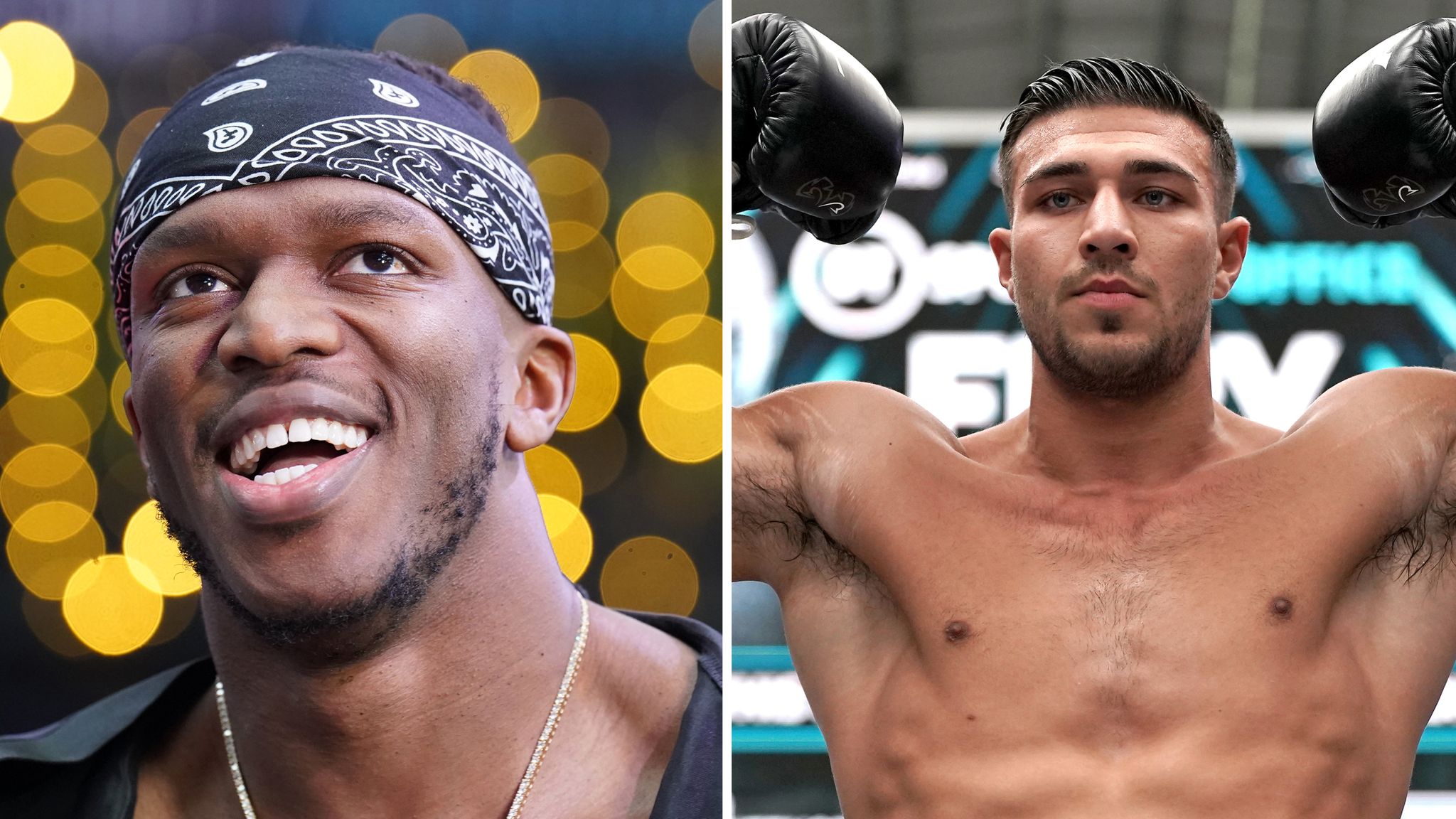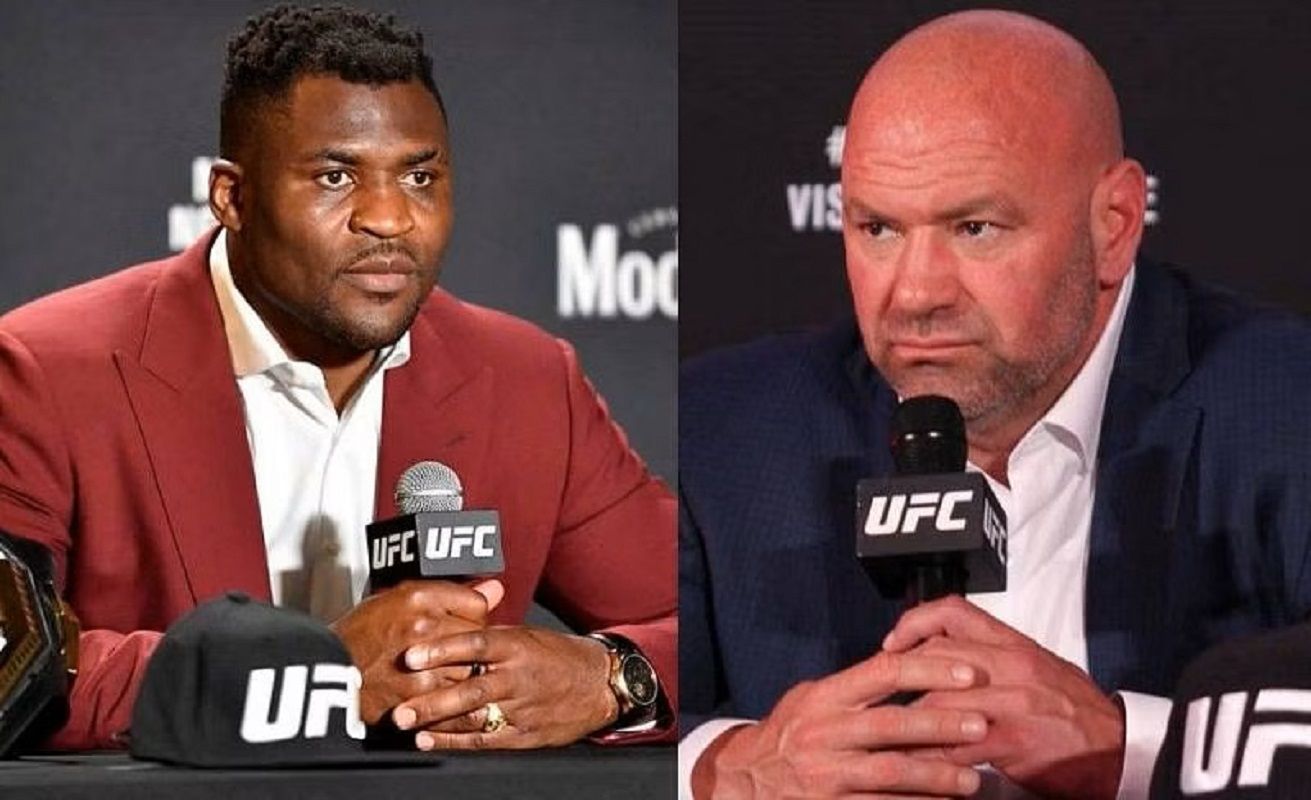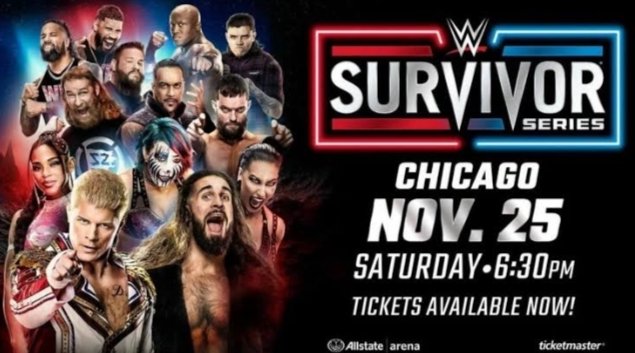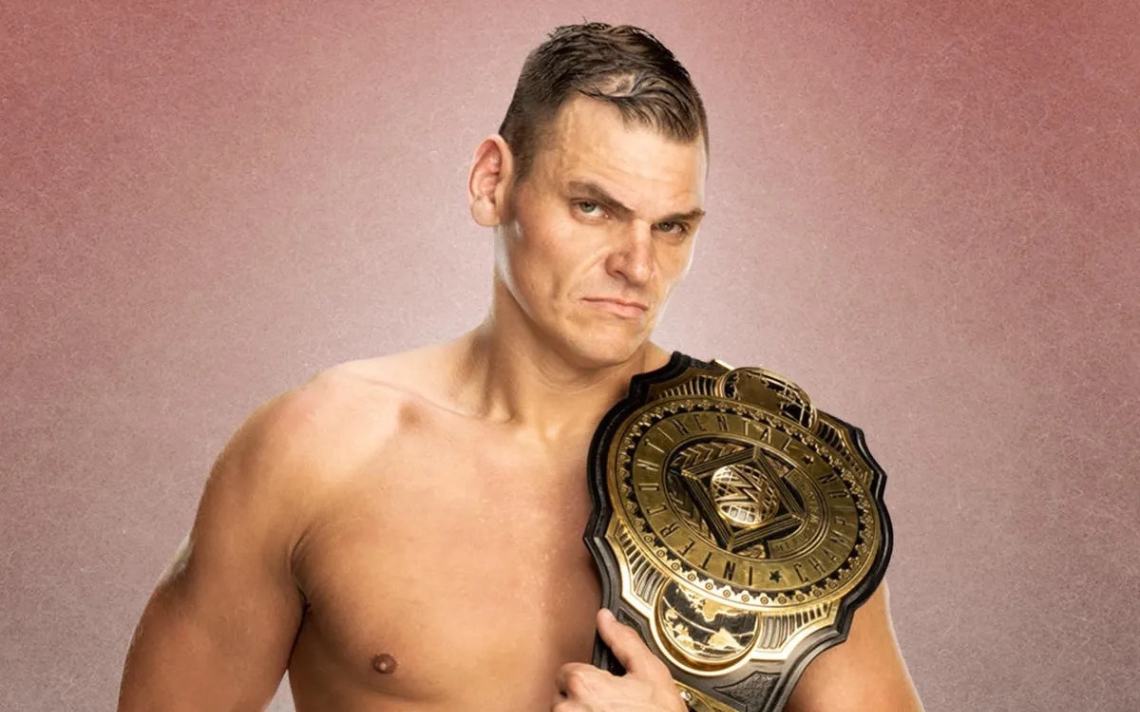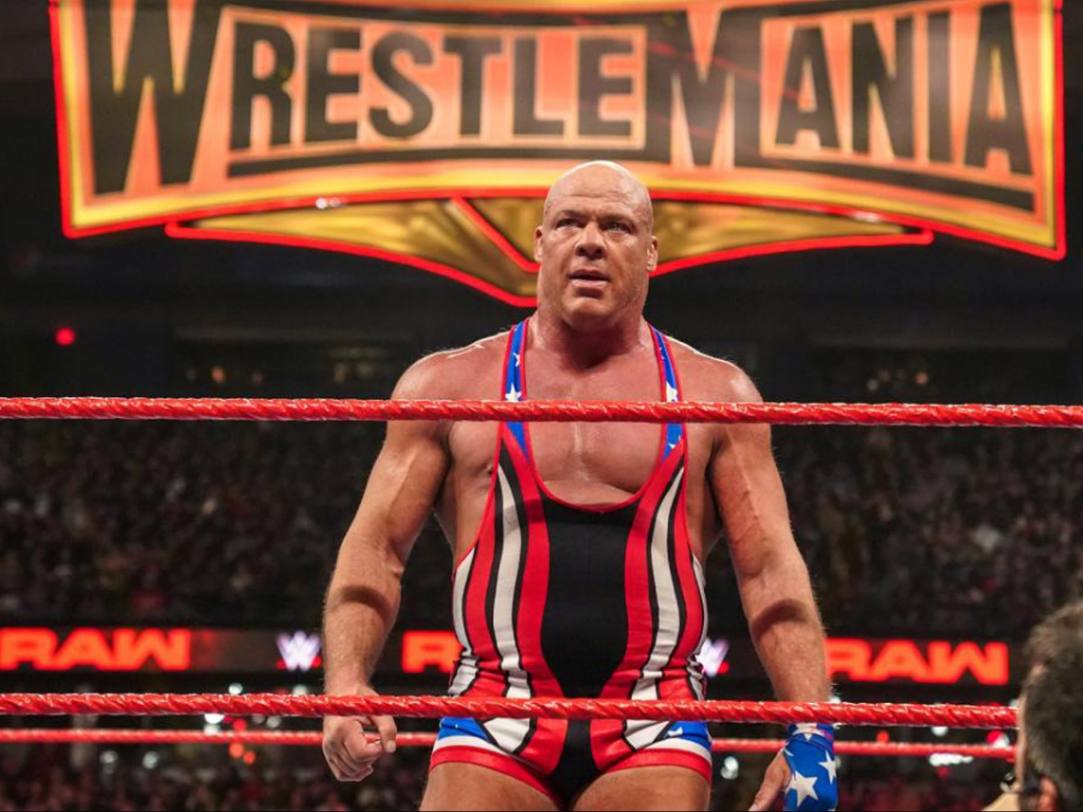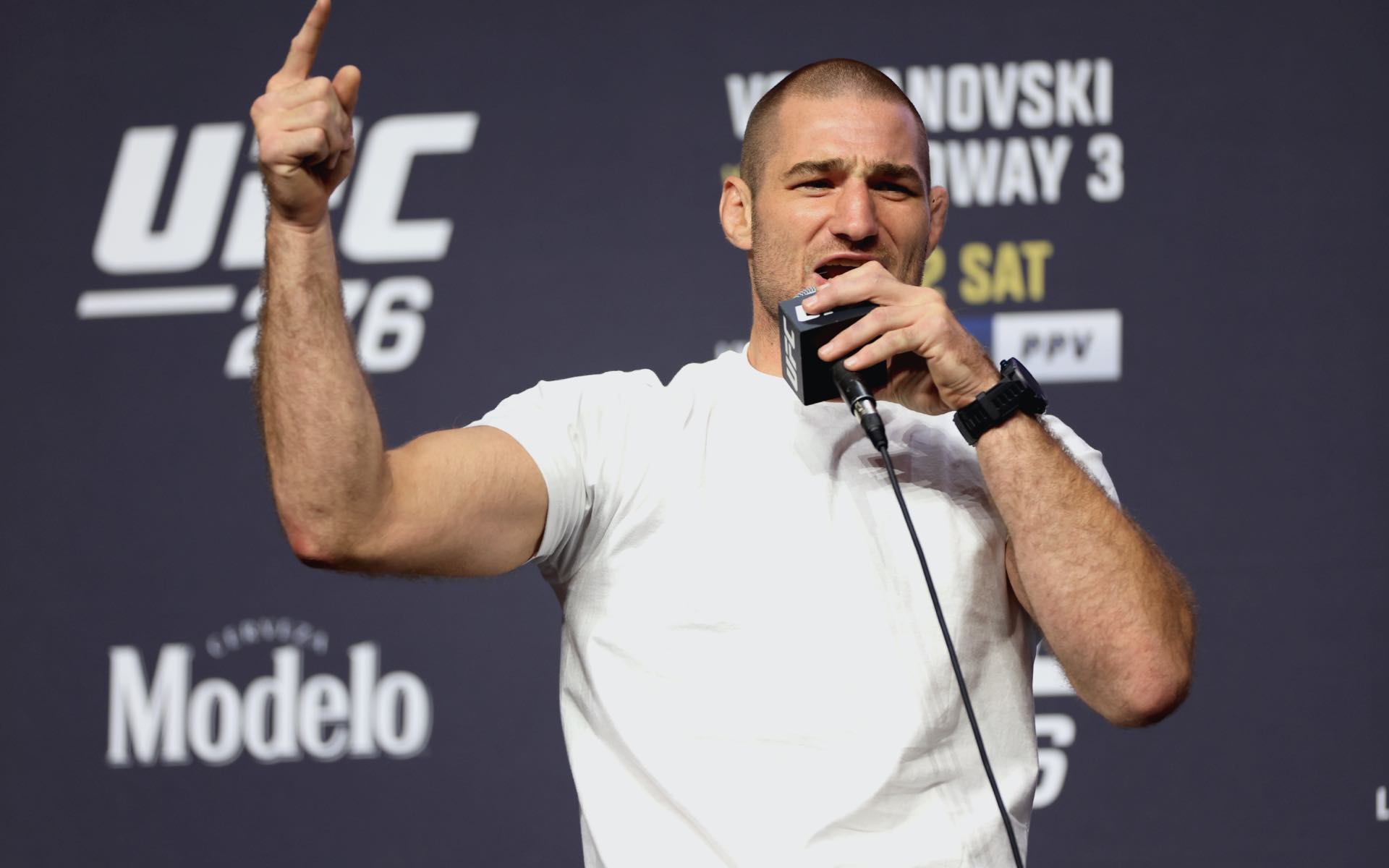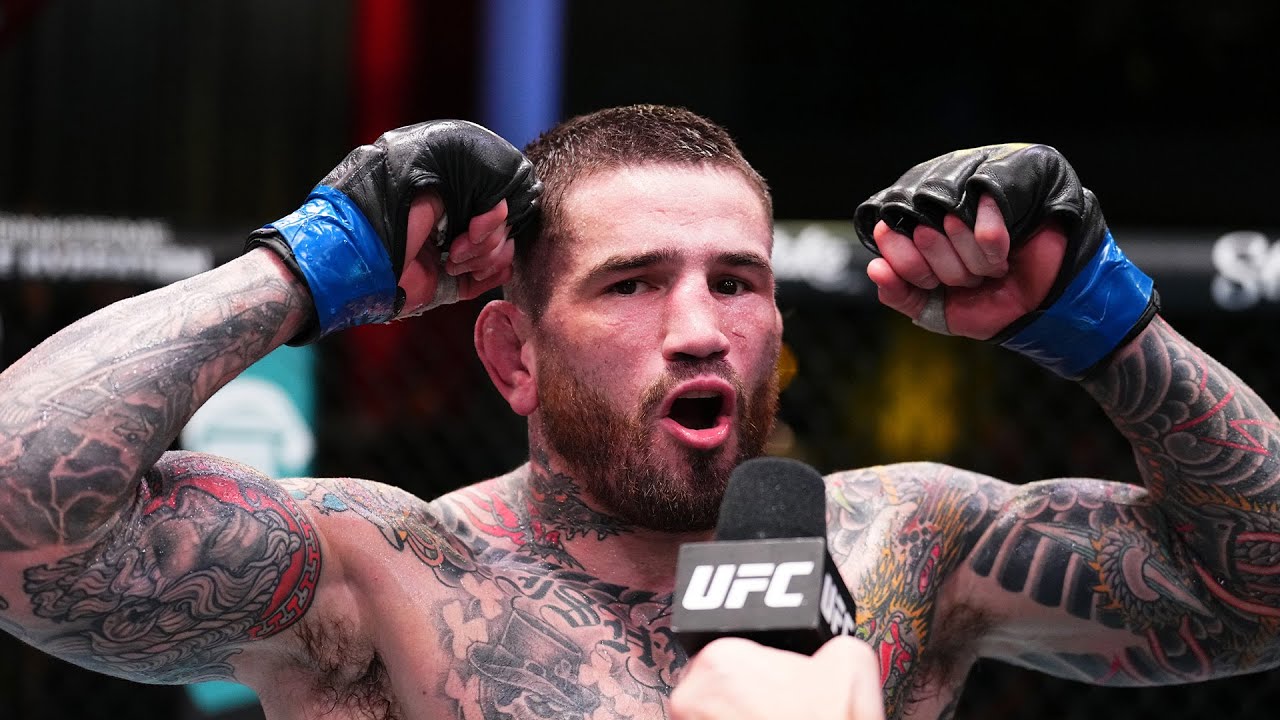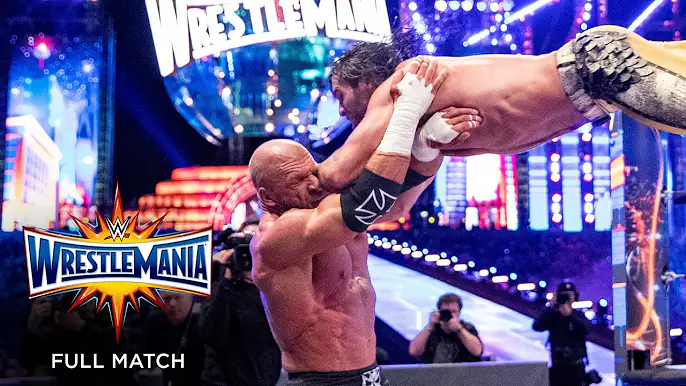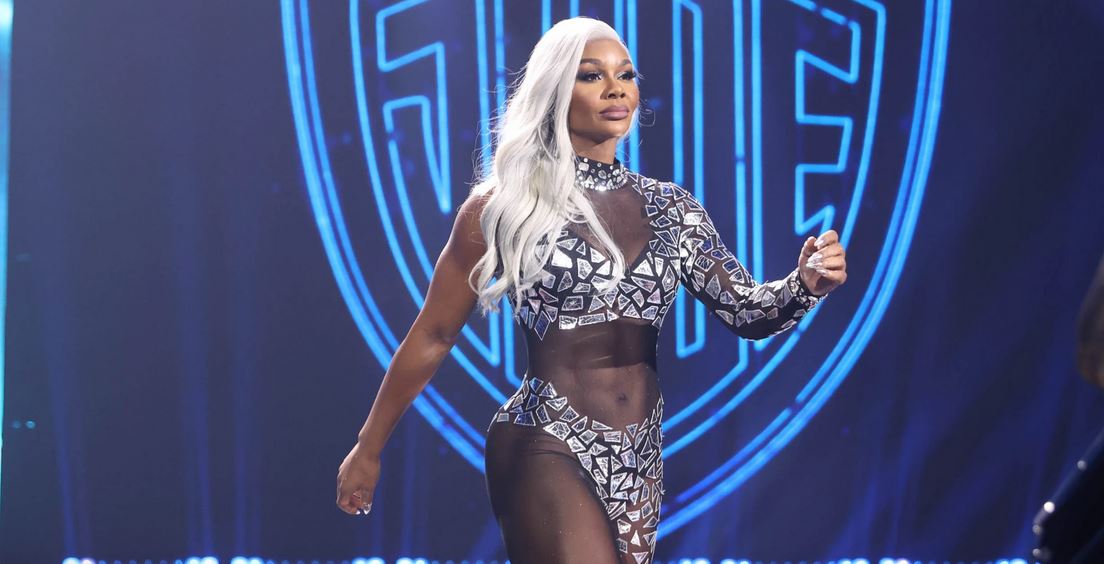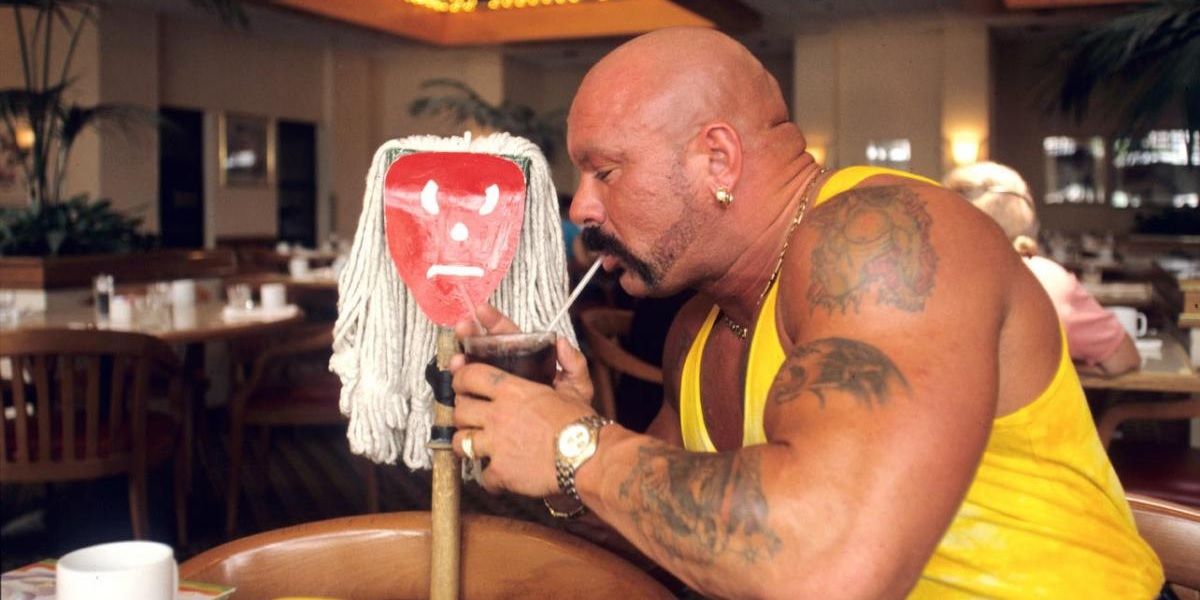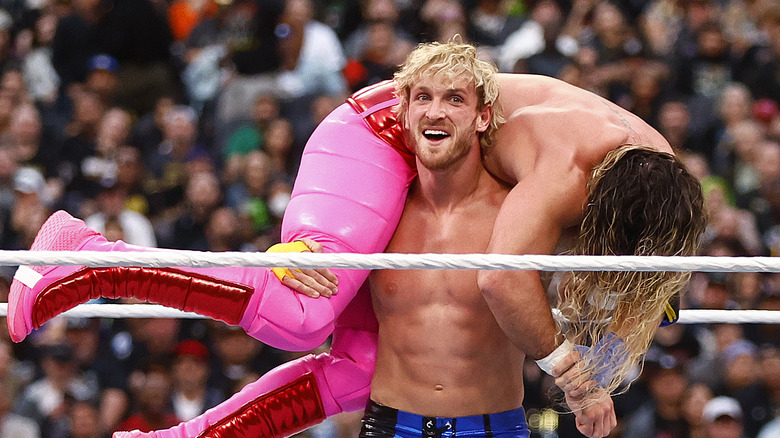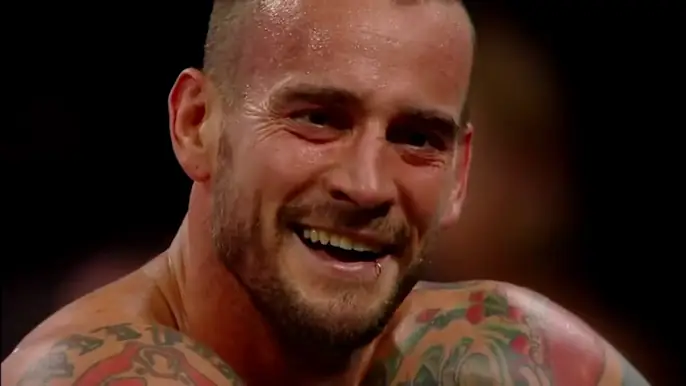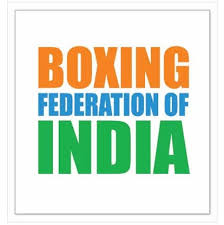The Business of UFC: How the Promotion Became a Global Powerhouse
The Ultimate Fighting Championship (UFC) is aptly named, as the hot-blooded organization has definitely evolved from a controversial spectacle to an international sports juggernaut. Established in 1993, the UFC has grown from a mixed martial arts (MMA) organization to one with over millions of fans and multi-billion dollar annual revenues. A lot of that growth stems from the smart business decisions they have made and some really savvy marketing, leading them to become a unique brand. In this essay, we will cover the aspects that have benefited the UFC in becoming a world-dominating entity and one of the biggest market players when it comes to sports.
Origins and early struggles
The UFC was born in 1993 as an eight-man tournament to crown the most dominant martial art of them all, essentially created on this planet for a no-rules competition. The initial event was held in Denver, Colorado, on November 12, 1993, and showcased the talent of fighters from multiple disciplines, including boxing, kickboxing, Brazilian Jiu-Jitsu, and savate. Although the idea immediately captured interest for its barbarity and raw essence, it was met with opposition as many considered it to be struck by males.
But by the end of the 1990s, the UFC was staring into oblivion. Flush but beleaguered by unmanageable debt and regulatory interference, the promotion could never quite break into the mainstream sports pantheon. But it all changed in 2001, when casino billionaire brothers Frank and Lorenzo Fertitta, along with Dana White, bought the UFC for $2 million. It was the dawn of a new age for the UFC, having been picked up by competent businessmen with good marketing and established legitimacy.
The Zuffa Years: The Age of Professionalism and Regulation
Things changed quite a bit under the Fertitta brothers and with Dana White at its helm as he expanded beyond three or four fixed weight classes. The first step was to get the sport rebranded as mixed martial arts while clearing up any confusion about its safety and appeasing states and regulators. The UFC became more regulated, incorporating weight classes and rounds that would be timed, while also banning certain techniques.
One of the key steps was to obtain sanctioning from state athletic commissions. With the UFC’s efforts to rapidly expand their rules, promotions, and legality, they would return in force. Successful lobbying efforts, particularly in Nevada and New Jersey, helped to legitimize the sport and also assisted in closing a deal that finally gave them footing back into pay-per-View television. The political connections and financial firepower of the Fertittas, however, prompted those efforts.
The Power of Television: The Ultimate Fighter
The UFC’s first major way to reach mainstream America was in 2005 with the introduction of a reality show known as The Ultimate Fighter, or TUF. TUF was aired on Spike TV, and it gave MMA a new face and a new look, which attracted new fans and revived the sport. The show’s climax was an extraordinary final bout between Forrest Griffin and Stephan Bonnar that is said to have single-handedly saved the UFC and made the sport a part of American mainstream culture.
Through TUF, the viewers saw how the power of storytelling and character building in any sports-related entertainment was possible. In addition to that, by portraying fighters as actual human beings who go through challenges, the UFC engendered fans’ emotions and their interest in the product.
Expansion and globalization
After gaining popularity, the UFC started with an aggressive expansion plan. This promotion started organizing events in the international market since there is a growing market for MMA. Key international milestones included:
Canada: The first event from the UFC in Canada took place in 2008; UFC 83 broke the record for attendance within North America when it sold out the Bell Centre in Montreal. Thus, Canada turned into one of the UFC’s most significant markets almost instantly.
Brazil: Being the country of origin of Brazilian jiu-jitsu, it was quite logical for the UFC to expand to Brazil. The second event was UFC 134 in Rio de Janeiro in 2011. The promotion returned after 13 years and was welcomed by huge crowds, raising interest in MMA in Brazil again.
United Kingdom and Europe: The organization has gradually established itself in the UK and Europe, staging fights in such European capitals as London, Dublin, and Stockholm. Many European-based fighters, such as Michael Bisping and Conor McGregor, have contributed immensely to the development of MMA in the region.
Asia: The UFC already has stable positions in Asia: Japan, China, and South Korea. The promotion’s first event in China was UFC Fight Night. One such event was the Bisping vs. Gastelum fight, which took place in Shanghai in 2017, as an indicator of the growing Chinese market.
The Digital Age and Social Media
The UFC was the first to truly embrace digital media and social platforms for fan engagement, as well as promoting their brand. The introduction of UFC Fight Pass in 2014 (with Live Events, the largest fight library on earth, and exclusive original content) furthered that on an even bigger level. By distributing the fights digitally, UFC could be watched on computers from anywhere in the world and commercialize its content through these channels.
Social media has been a vital factor in the rise of the UFC as well. The personalities and rivalries of fighters are showcased to a viral effect on Twitter, Instagram, and Youtube, while fans have the chance to converse in real-time. The same can be said for Dana White and his social media activity, which has continued to humanize the brand while also providing a level of transparency and direct communication with fans.
Sponsorships and strategic partnerships
Partnerships and sponsorships have enabled the UFC to grow its brand recognition and generate revenue. Fox Sports cut a landmark deal with the UFC back in 2011 to bring their live events and programming over to a mainstream sports network. This partnership helped the UFC dramatically in terms of both exposure and credibility.
The UFC reached a new level of sports status in 2018 when it inked a five-year, $1.5 billion deal with ESPN. This deal brought UFC events to a massive new audience; however, it was agreed upon after tough negotiations between the two giants were made.
Sponsorship deals have also played a critical role in contributing to the revenue stream. The UFC has worked with several big-name brands, such as Reebok, Modelo, Monster Energy, and Harley-Davidson. Not only does it fund the company, but it also makes UFC more legitimate and popular due to global sponsorships with brands.
The McGregor Era of Superstars
The growth of Conor McGregor is an excellent example of how the UFC has the potential to produce international celebrities. McGregor’s personality, ability to fight, and ability to promote himself and his brand have cemented him as one of the most famous athletes in the world. His fights, including with Khabib Nurmagomedov, which was the biggest fight in the history of the UFC, and the boxing match with Floyd Mayweather, have been big-selling pay-per-view events and media events.
From this perspective, the UFC’s strategy of developing fighter personas has been one of its major strengths. Such athletes as Ronda Rousey, Jon Jones, and Amanda Nunes are not only the symbols of the UFC but also the personalities who attract people with different interests to the events.
The COVID-19 Pandemic and Its Impact
The UFC was no different than any other entity in the sports industry when it came to facing new challenges as a result of the COVID-19 pandemic. When live events were canceled and large gatherings put on hold, the UFC was one of the first to make adjustments by producing a safe spot for fights. The company was also one of the first sports organizations to return in May 2020, following a rapid implementation of health protocols.
The creation of ‘Fight Island’ in Abu Dhabi for international events has been a masterstroke. Such an innovative method helped to keep the momentum of events afloat in these difficult times, ensuring fans could still stay tuned.
Endeavor Acquisition and the Future Ahead
The UFC was sold in 2016 to a group led by talent agency WME-IMG (now Endeavor) for $4 billion—the largest deal ever for an organization in sports at that time. The UFC then bought once-struggling rival Strikeforce in 2011, combining the world’s two largest MMA organizations and opening up new avenues for growth and innovation.
Since stepping under the Endeavor umbrella, UFC has only expanded its reach to emerging markets and even more media opportunities. Furthermore, the promotion is forward-looking thanks to its innovative ways of utilizing advanced analytics and technology as well.
The evolution of the UFC from fringe spectacle to international juggernaut is itself a story about opportunity, resilience, adaptation, and storytelling. The UFC established itself as the top MMA organization on the planet by professionalizing a sport, capitalizing on digital media, and making stars, then paving the way to this present day for good measure.
The UFC will only ever be as powerful and influential as you can give it the ability to entertain fans. The trajectory of the promotion is a microcosm for larger forces in sports and entertainment more generally, illustrating how shifting regimes of competition are intertwined with both business logics and questions of cultural taste. The future of the UFC as a global sports leader seems brighter than ever, with a solid foundation and an eye for progression.

